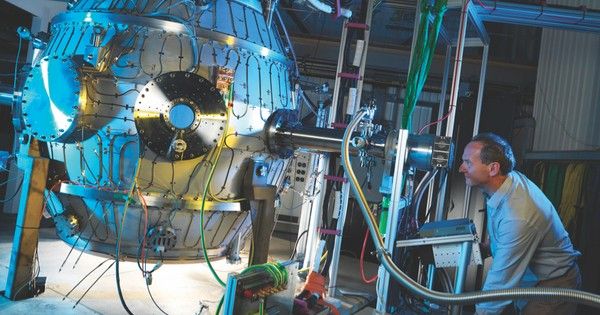Dec 5, 2018
Scientists discover how a single workout can activate your metabolism for days
Posted by Genevieve Klien in categories: biotech/medical, neuroscience
A fascinating new study from scientists at UT Southwestern Medical Center could provide some motivation to get moving, even just occasionally. The research has revealed that a single workout can positively affect the activity of neurons in the brain that influence metabolism for up to two days.


















